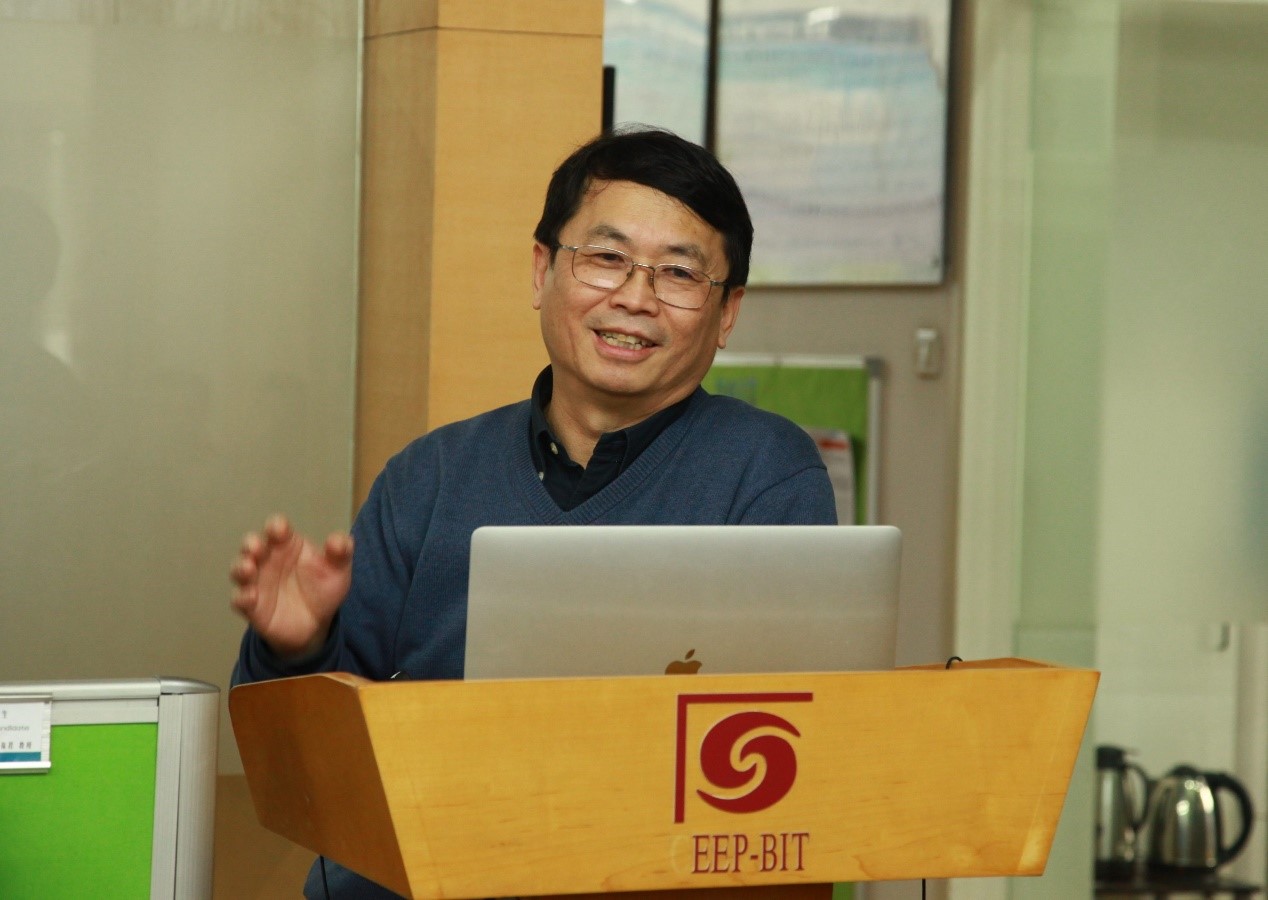At 3 pm on January 27, 2018, Professor Yan Jinyue of the Royal Institute of Technology of Sweden was invited to give an academic report titled "Transition and innovation of energy systems". The report was hosted by Yu Biying. The teachers and students of the center participated in the report.

Prof. Jerry YAN: Academician of the European Academy of Sciences and Arts and an expert in the field of international energy. President of the International Applied Energy Innovation Institute. 1991 Ph.D., Royal Institute of Technology, Sweden. Appointed as a tenure chair professor in 2001. Professor of the Royal Institute of Technology and Mera Darren University, Director of the Future Energy Center; Editor-in-Chief of the International Energy Journal Applied Energy (Elsevier) (Impact Factor 7.128). Authorized editor of the large-scale authoritative reference book "Handbook of Clean Energy Systems" (6 volumes) (Wiley). Member of the Committee of Experts of the Overseas Chinese Affairs Office of the State Council of China; Overseas Review Expert of the Chinese Academy of Sciences; UNFCC CDM EB and IPCC Consultant Expert. Engaged in renewable energy technologies and low-carbon technologies, energy system integration and optimization, carbon capture and storage and storage and carbon trade, advanced power generation technology and energy storage, energy efficient utilization and other areas of research. Including more than 400 papers published in Science, Nature Climate Change, etc.

In today's report, Professor Yan Jinyue mainly introduced how the energy system can transform under the rapid development of technology and how the energy system in the world can be innovative. Prof Yan conducted the main line based on when—why—how—and what. First of all, the energy transformation has started now. Second, why do you want to transform? Because it needs to deal with global climate change, achieve energy poverty reduction and sustainable development. How to transform? With the large-scale utilization of renewable energy, it is necessary to achieve a more flexible balance between supply and demand. What are the transformation methods and technological innovations? Micro-grid technology, distributed energy, and integrated control systems are rapidly developing.






